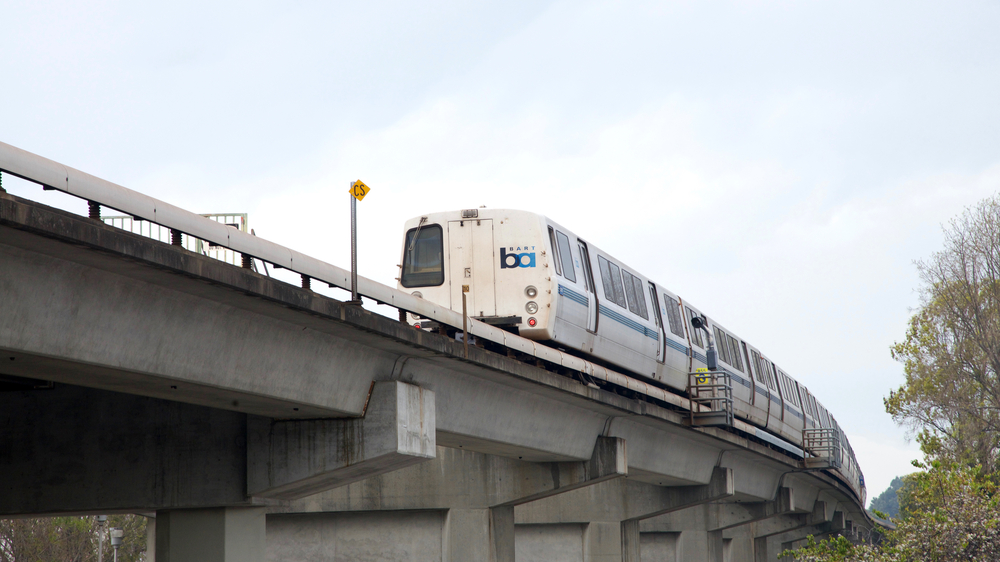
U.S. Sens. Dianne Feinstein (D-CA) and Kamala Harris (D-CA), along with seven Democratic Congress members from the Bay Area, recently sent correspondence to Transportation Secretary Elaine Chao, requesting funding for increased train capacity between San Francisco and Oakland, Calif.
The legislators seek to fund the Bay Area Rapid Transit’s (BART’s) Transbay Corridor Core Capacity Project. That project calls for increasing train frequencies between the two cities by more than 30 percent, and BART’s capabilities by 45 percent overall. Currently, BART operates 23 trains per hours in each direction during peak hours. The project has been pending administrative review by the Federal Transit Administration since December 2017.
“It is our understanding that BART’s Transbay Corridor Core Capacity project has satisfied all requirements laid out in statute for advancement, and has even received the highest possible technical rating – the only project in the program’s pipeline to do so,” the members wrote. “Today, BART provides two-thirds of the 40,000 hourly trips over the Bay Bridge and Transbay Tube, which is one of the most congested and economically vital corridors in the country. This project will increase BART’s capacity by 45 percent through the purchase of more than 300 new train cars, upgrading the train control and power systems, and improving maintenance capabilities. The state and local governments are prepared to fund nearly two-thirds of the total $3.5 billion project.”
The members fear that additional delays could cause significant upticks in cost. Those costs could include a significant design-build contract’s rebid, which they estimate could reach between $20 million and $25 million. Additional costs could consist of another $120 million due to the annual escalation of overall construction costs.
The members point out the high costs of delay compared to the project’s high technical rating and already-pending funding from Congress means there is no need for a holdup. They want to see the project approved and moving forward within the year.